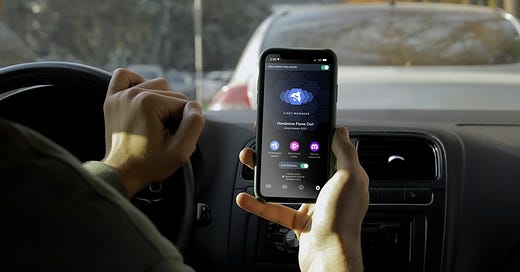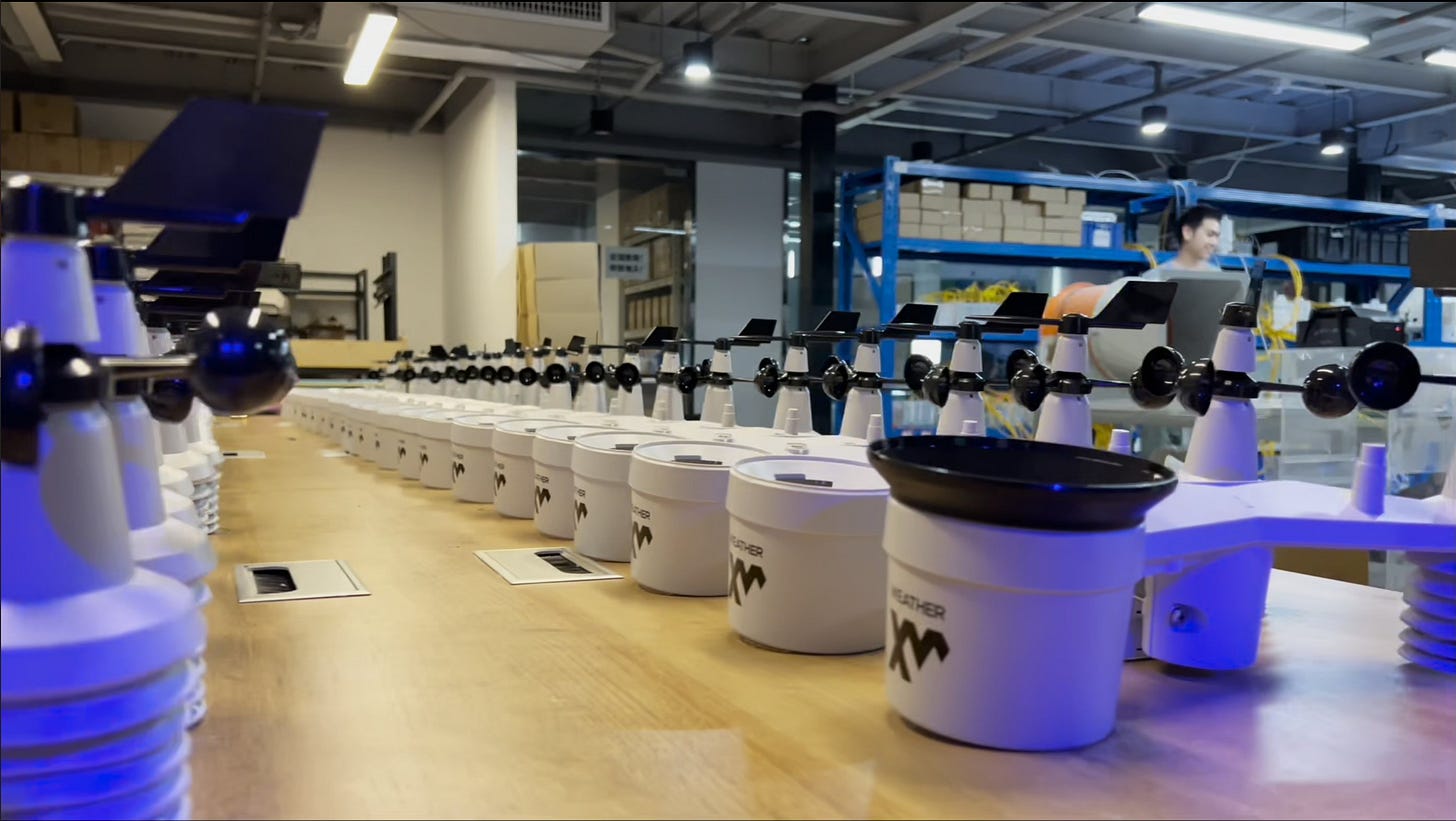Skinny jeans may have disappeared off of the more fashionable street corners of New York, Paris, or London. But they were out in full force in Brussels last week: standing in line for coffee, loitering around tables of swag, and queuing up for yet another wristband at the Ethereum Community Conference.
The biggest name in crypto (and a galaxy of other Web 3.0 companies) set up shop in the befuddling Belgian capital — which seems to render well enough as a European city, even if it doesn’t give off quite the same charmed glow. For a week, this was where those building the next generation of the Internet gathered. I, being a new convert, joined them.
A couple of months ago, I listened to the Andreessen Horowitz venture capitalist Chris Dixon get interviewed by Rick Rubin. I bought Dixon’s book Read Write Own: Building the Next Era of the Internet, shortly thereafter. It’s not always a smooth read. Dixon is a venture capitalist, not a writer. His prose style is academic, with a hint of Medium blog post, and a dash or so of LinkedIn comment thread.
But he does a masterful job of breaking down just how broken our Internet is: the sadly predictable transition from a network worked on and developed by many, to one owned by few.
Some stats to bum you out:
The top 1 percent of search engines account for 97 percent of search traffic
The top 1 percent of e-commerce sites account for 57 percent of e-commerce traffic
The top 1 percent of social networks account for 95 percent of social web traffic
You can probably guess the names in that one percent.
This is what blockchain technology plans to rectify: a decentralized, open network undergirding all of our future apps that is impossible for just a few companies to control; and apps that continue to innovate thanks to users incentivized to improve them.
But, boy, does it need branding help. Understanding exactly how is what brought me to Brussels.
My guide was Richard Chang, an old Red Bull colleague (and recent subscriber) who’s working as the marketing lead for Protocol Labs, an “innovation network” focused on building the foundations of a decentralized Internet.
Through the day, we hopped on shared bikes and popped into panel discussions housed in unassuming pre-war buildings. On stage, mostly men with beards, their panel screens showing founder titles, who answered questions by beginning with “So …” Most topics were indecipherable.
In this sense it was like other tech conferences. The logos all seemed lifted from a Canva template. And the names were short and cute, if not exactly helpful: a blockchain-based Twitch competitor named Unlonely; a gamified social consensus platform (look it up) called Gator Labs.
Of course, it’s not just names and more original logos that will get the rest of us to understand what this technology promises. Emerging, dazed, from the boom and bust cycle of crypto, the industry seems stuck between narratives: trying to speak to the developers it relies on to build the products that will attract users, while also appealing to a broader public still confused by basic terminology.
“99 percent of what we do still feels like bleeding edge technology to most people,” says Matt Galligan, a friendly, articulate fellow who co-founded the secure Web3 messaging app XMTP Labs. “The biggest hurdles are around making it more accessible to people, and the onboarding of the users.“
For many, the bridge will be in companies looking to build more innovative versions of apps we currently use: like Apple Weather, or Google Maps. These companies belong to an area of the blockchain universe called — perhaps unhelpfully — Decentralized Physical Infrastructure Networks (DePIN, for short).
Despite its murky acronym, DePIN is actually a good story to tell.
Mostly because it’s relatable: a crowd of real people getting rewarded for building, and constantly improving upon, an application useful to the rest of us.
Or to quote Tom Trowbridge, a blockchain investor, builder, and host of the worthwhile DePined Podcast: “A crowd-sourced physical infrastructure bound together in a software layer, bound into a network secured by and incentivized through crypto economics.”
Got that? Get incentivized to develop on it and create on it, and build a better app for everyone else. So let’s look at two of those companies, and how they’re telling their story.
Hivemapper 🐝 uses dashboard cams it sends drivers to build a more accurate and up-to-date global map. Those Hive drivers get incentivized with Honey tokens (clever), crypto currency that they can convert into real dollars (whose worth depends on how the market is doing). The result aims to be a minute-by-minute updated Google Maps or Waze (acquired by Google) that gives you more detail on what the hold-up is, and what effect that has on the delay. They’ve been going for 18 months and have about 24% of the world mapped so far. But us normal consumers aren’t their market. At least not yet. Mapping data is crucial for many businesses — think AirBnB or Uber — and Google earns an estimated $15 to $20 billion from companies licensing Google Maps, according to Hivemapper’s founder Ariel Seidman. So that’s market number one, with the growing fleets of autonomous vehicles (all needing constantly updated map data) next. All this is obvious, of course, from their home page, which feels like you’re sharing a screen with their lead analytics guy. Data on how many kilometers mapped? Yes. Explanation of what all these numbers are and what Hivemapper is? No. The story isn’t much more clear elsewhere. Aside from some founder podcast appearances, and a weekly format using dashcam photos in a “Guess the city” game on Twitter, there’s not much personality. The messaging is also a bit schizophrenic: are they trying to get more drivers to order their dash cams, or sell autonomous vehicle companies their data? But this is all verdant soil ready for the till. You can see Hivemapper insinuating itself into all sorts of conversations around Google Maps fails, and developing a helpful, quirky brand personality out of what is essentially a collaborative project to build a better world map. You can see them borrowing from the Lyft playbook, say, in recruiting drivers. But that may yet be down the road. For now, they could borrow a page from the 3D interiors printing company Aectual when it speaks to business customers: buy our product not because you’re doing good for the planet, but because it costs you less in the long run.
WeatherXM 🌧️ Apropos, climate. Weather prediction technology is not as accurate as the enormous industries reliant on it need it to be. Enter WeatherXM , which is building a community-based international weather network drawing data from tens of thousands of small weather stations contributors set up in their own home. The idea came to Manolis Nikofakis when he took up kitesurfing and needed more reliable forecasts before climbing into the car to drive to surf spots far from Athens. He and his crew built their own portable weather stations to send out to participants. For those that bought it and set them up in their home, WeatherXM incentivizes them — like Hivemapper — with tokens for tapping into their data feed. In the last two years, they’ve connected 5,000 stations in more than 80 countries to their network, on a pace that outstrips the traditional government-funded agencies responsible for building such networks. Compared to Hivemapper, Weather XM’s web site immediately lets you know what they’re all about. And this despite the fact that they also have a B2B priority: the focus is on appealing to the industries - outdoor events, agriculture, energy — who need reliable data, as well as new owners for their weather station equipment. But even here, there’s opportunity for expansive storytelling. Look at all the topics John Deere’s customer-facing magazine Furrow covers, on its way to enforcing its products as the most reliable and dependable.






